Watercolor Tattoos: Comprehensive Style Guide
08 June, 2023The most popular tattoo styles don’t just appear out of thin air. Many traditional tattoo designs are derived from cartoons and pop culture icons, while tribal tattoo patterns can be traced back to prehistory.
More recently, artists have adopted an unexpected style, watercolor painting, to body art. While you might think that watercolor designs and tattooing don’t mix, wait until you see some of the beautiful designs coming from the world’s top tattoo artists!
While it may seem counterintuitive to blend these two styles from opposite ends of the art world, watercolor tattoos can be versatile, attractive, and designed to last — on any skin tone and different shades, from darker skin to fair skin.
Let’s find out how tattoo artists discovered the watercolor style and how you can wear these works of art with some watercolor tattoo ideas.
Why Watercolor?
Watercolor tattoos are definitely in vogue right now, with many artists adopting the style with unique twists and additions. But before you start searching for your next tattoo design in the watercolor style, you might want to know how and why this tattoo trend emerged.
Here’s a look at the brief history of watercolor tats and the features that define them.
History and Origins
Although watercolor tattoos are a relatively new phenomenon, we need to go way further back in art history to see where these components came from.
Watercolor art is thought to have originated in ancient times, with artists using water-based pigments to create writing, designs, and illustrations on materials like papyrus. Evidence of watercolor methods have been found from Egypt to Japan and advanced as paper and pigment technology developed.
During the Middle Ages, manuscripts were often adorned with watercolor pigments to add beauty to manuscripts and other religious texts. These designs went hand in hand with stained glass, advanced architecture, and other forms of art and tech that emerged in this era. Contrary to the name, the art of the “dark ages” was actually filled with color!
By the time of the Renaissance, watercolor had improved by leaps and bounds as the masters of the era sought to perfect these techniques. Artists like Da Vinci utilized watercolor methods in their sketchbooks, while others recreated landscapes and natural forms with water and paint.
Meanwhile, tattooing was always viewed as a more secretive, selective art form in tribal societies. In an unlikely marriage, watercolor techniques came to the world of tattooing thanks to innovative artists like Amanda Wachob, Nik Lucas, and Ivan Androsov.
These artists, among many others, started to experiment with bright colors and washed-out splashes of ink made to resemble the watercolor style on skin. While many of the black outlines and familiar pigments remained in this methodology, the new vanguard of watercolor tattoo artists sought to replicate the essence of the art form while staying true to ink traditions.
It took hundreds of years for watercolor art and tattooing to merge, but the results were worth the wait! Now, watercolor tattoos are some of the most sought-after, especially from leading artists with strong technical abilities and years of experience.
Defining Features
We all recognize watercolor art the moment we see it, but explaining watercolor tattooing isn’t so easy. What are the defining features of a watercolor tattoo, and what makes them unique from other forms of tattooing? Here are some characteristics to look for:
- Limited use of black ink, typically only used as black outlines and contrast to more vivid colors. Black ink is used sparingly, whereas other tattoo styles (traditional, realism) rely more heavily on black and grey.
- Soft, blurred splashes of color meant to appear like water interacting with paint, with lighter applications and a translucent appearance.
- Layering various colors with differing depths and dimensions. Multiple colors are often layered with one another to create new shades and unique effects.
- A mix of design formats ranging from traditional to tribal, neo-traditional, and more. Splashes of watercolor are usually used to embellish or expand on more familiar designs.
- Broad and diverse color palettes not usually seen in stricter tattoo formats. Artists can use a dozen or more different colors in a single piece.
Look for these features, and you’ll start to see watercolor tattoo designs everywhere, even with subtle traces of the style. Many tried-and-true tattoo methods are beginning to incorporate splashes of bright watercolor to make something fresh and unique.
The 21st-century tattoo culture is all about blending the best of fine art, old-school tattooing, and general artistic freedom. Watercolor can be the main attraction of your next tattoo or just a small way to enhance your existing ink.
The Watercolor Tattoo Process
You may be intrigued by images of watercolor tattoos online or in your favorite artist’s portfolio. Maybe you have a friend or favorite celeb with a watercolor tattoo and are interested in getting one of your own!
No matter where you stand, it helps to understand the process behind watercolor tattoos and what to expect from your journey.
Consultation and Design
Like any tattoo, the process starts with brainstorming an idea with your artist and working to reach a vision that fits your skin and style. Because watercolor tattoos are so open to interpretation, you likely won’t pick a design “off the wall” as you might with traditional tattoo flash.
Instead, you can offer your tattoo artist some reference images and try to articulate the design you wish to see. The more detail you can offer your artist, the more easily they will bring your vision to life.
Be sure to be specific with your tattoo's size, shape, and location, and mention any colors you want to include or leave out. This will help your artist narrow down their color palette and produce something you’ll want to wear for life.
Color Mixing and Application
Watercolor tattoos, like the paintings that inspire them, require mixing colors to get the best results and ensure originality. The best watercolor tattooists don’t just grab the nearest red, yellow, and blue ink before they get to work — each color is blended with precision and care.
You might need to wait a bit longer than usual for your tattooer to mix up colors and lay out all their materials. Still, your patience will pay off when you have a beautiful, original design that nobody else on earth has!
When applying the first layers of color, artists will usually begin with light, translucent colors before darkening and outlining. This creates the appearance of delicate and intricate paintings on the skin, which build on one another with each layer.
Don’t be surprised if your artist breaks out some unusual tools like sponges or brushes during the application process. These are often used to create the “bleed” effect that makes watercolor so special.
The tattoo application process might take several hours or even require multiple sessions, depending on the scope and number of layers needed. In the final application stage, the artist may add accents like splatters, dots, or other forms of texture to create a cohesive look.
Healing and Maintenance
Your new watercolor tattoo can take up to a month or more to heal fully, so be sure to use aftercare best practices and repairing lotions to stay on track. You may notice flaking or irritation, so don’t scratch and let nature do its work to heal the area.
Caring for watercolor tattoos is also important since the fine lines and details are prone to fading in the sun. Remember to keep your tattoo protected from UV rays by using a specialized SPF sunscreen for tattoos and avoid long periods of overexposure.
Watercolor Tattoo Ideas and Inspiration
You know where watercolor tattoos came from and how they’re applied, but what should you pick for your first (or next) design? Here are some ideas to consider:
Flowers and Animals
Wildlife is always a good pick for tattoos, from rose tattoos and peonies to wolves and eagles. With watercolor tattoos, you might want to go off the beaten path with unique animals like owls, hummingbirds, fish, or even mythological creatures!
Splashes of color work well to complement bold animal and flower tattoo outlines, so you can’t go wrong with any pick. Floral tattoos will always be a classic, but especially so with this brushstroke style.
Geometric and Abstract
Many watercolor tattoos use geometric forms and abstract designs to blaze a new trail. You may find intricate sacred geometry outlines with sprinkles of color or designs comprised entirely of colored blocks that blur into one another.
Many watercolor tattoos also incorporate street art styles like graffiti or mural icons to explore the new artistic territory. You aren’t limited to watercolor only, so think outside the box and let your artist take some creative license.
Landscape and Nature
Landscapes are a great background image for the watercolor effect, from mountain ranges to tropical islands and everything in between. Draw inspiration from natural formations and use splashes of vibrant color to make your design stand out.
Take Good Care of Your Watercolor Tattoos
There’s so much to love about watercolor tattoos, especially when you discover the wide range of styles that pair well with watercolor methods. Be sure to care for your new ink with lotions and sun protection so that your ink looks great for years to come.
Sources:
Style Guide: Watercolor Tattoos | Tattoodo
History’s Best Watercolorists | Art in Context
The Art Medium Watercolor | Arthistory.net
Everything You Need to Know About Watercolor Tattoos | Inside Out
[Headline Placeholder]
-
Best Seller

 Tattoo BalmEnhance tattoo brightness after 1 useLog in / Register to view price40-60% Off
Tattoo BalmEnhance tattoo brightness after 1 useLog in / Register to view price40-60% Off -
Best Seller
-v1712785206587.jpg?1125x1000&transform=resize=562x499)
 Tattoo Balm StickEnhance tattoos on the go with unscented, portable aftercareLog in / Register to view price40-60% Off
Tattoo Balm StickEnhance tattoos on the go with unscented, portable aftercareLog in / Register to view price40-60% Off -
Best Seller

 Tattoo Soothing GelRepairs fresh tattoos in 14 daysLog in / Register to view price40-60% Off
Tattoo Soothing GelRepairs fresh tattoos in 14 daysLog in / Register to view price40-60% Off

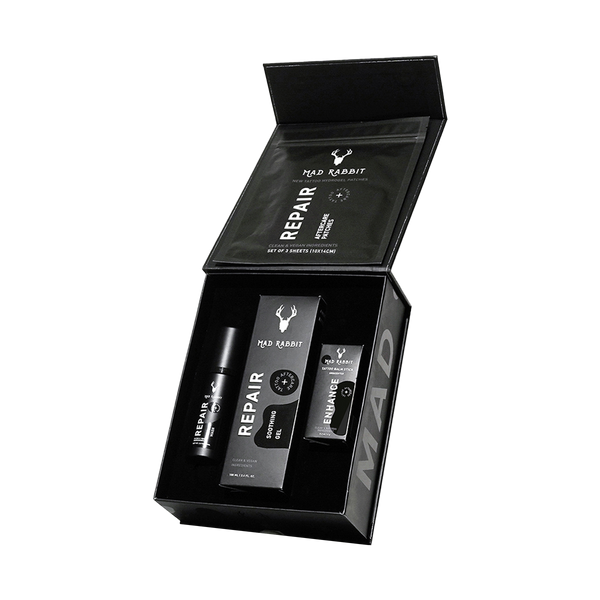
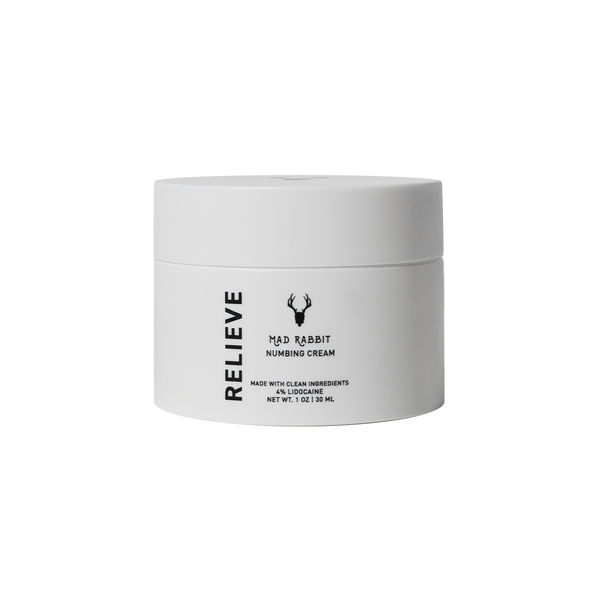
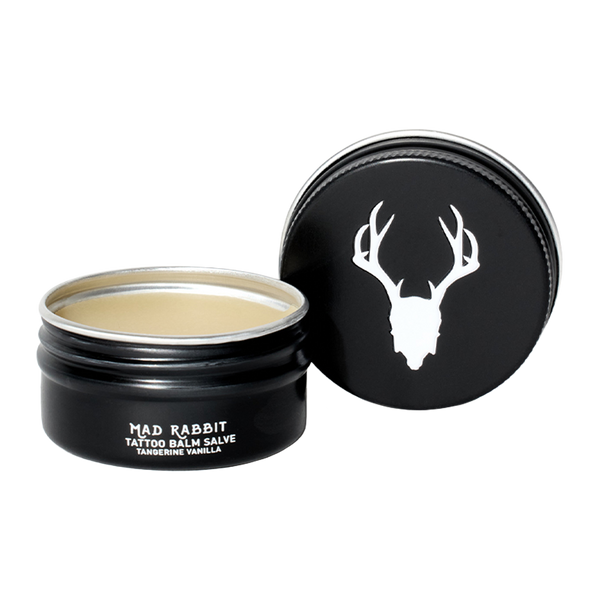
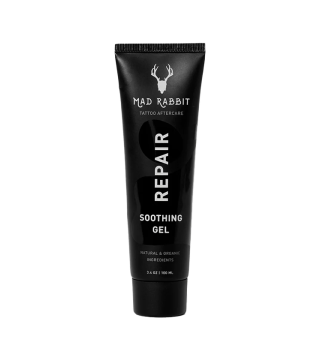
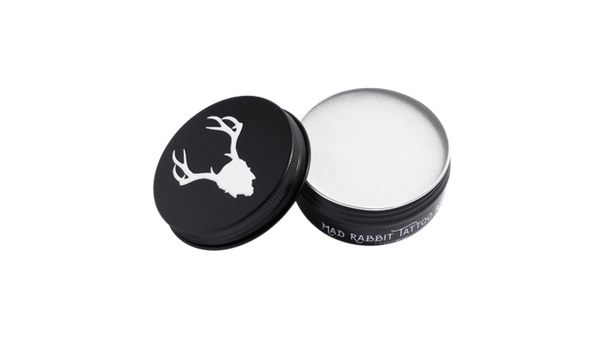

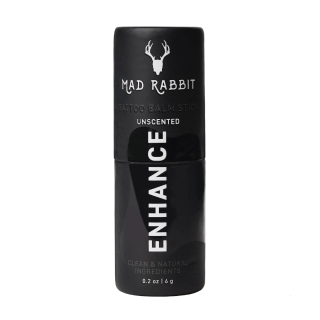


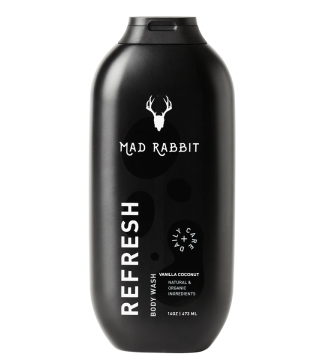
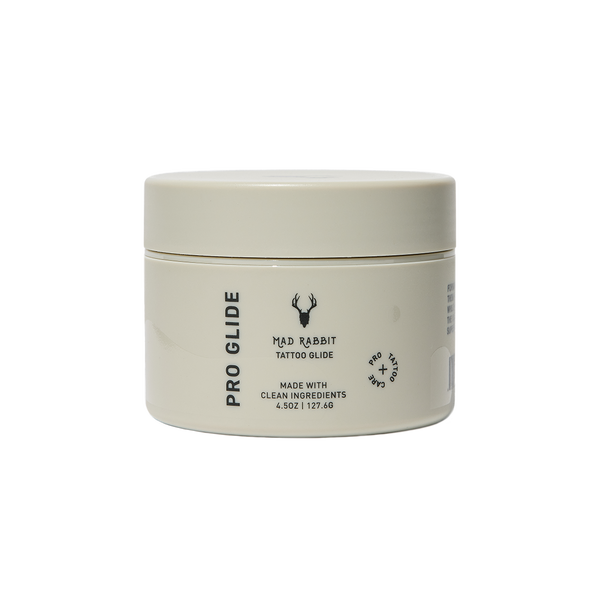
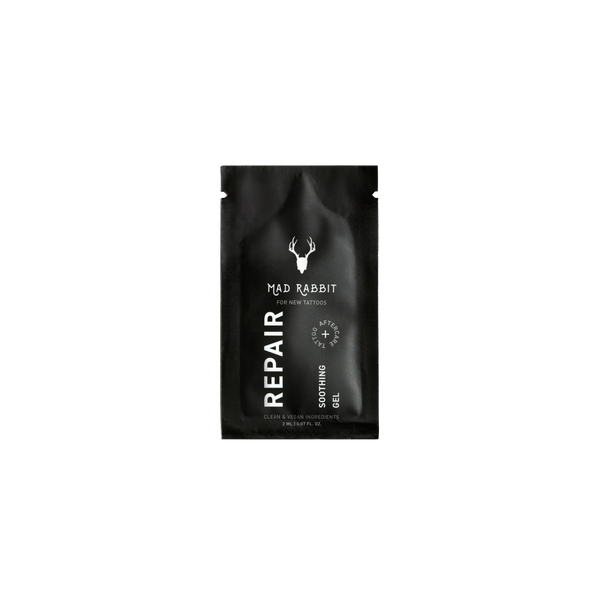
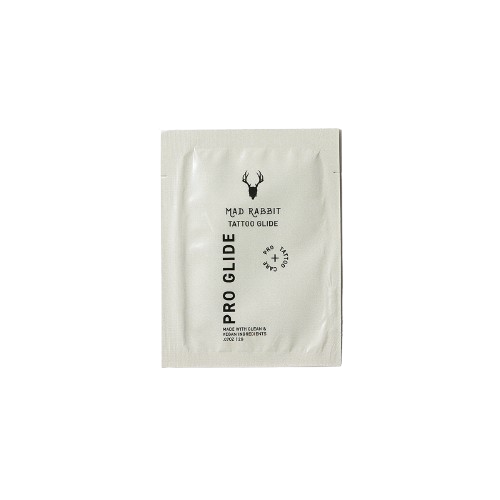

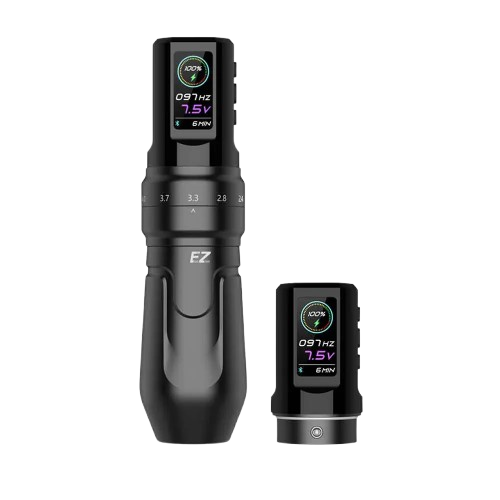
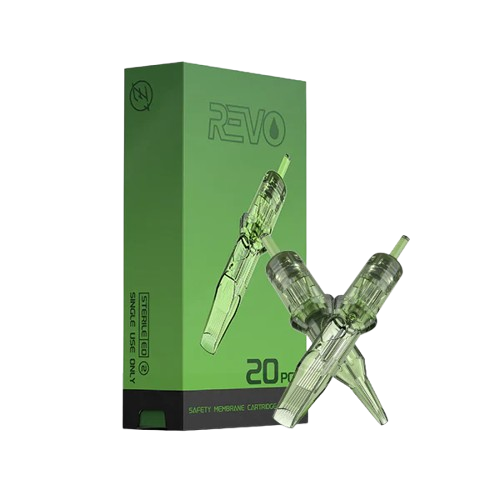
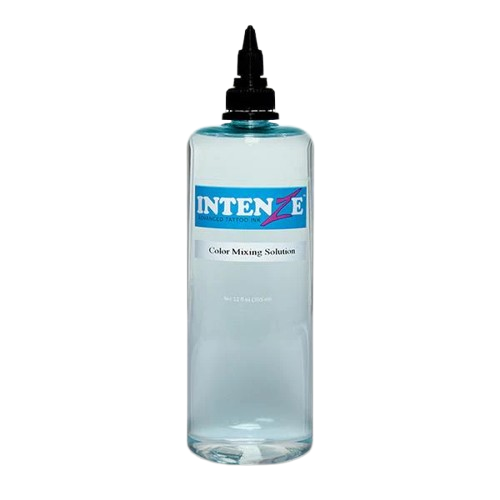
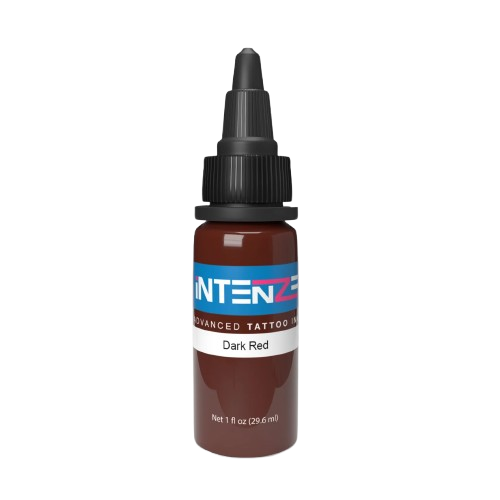

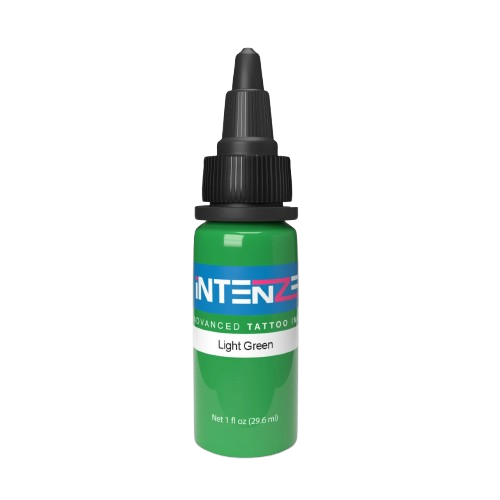
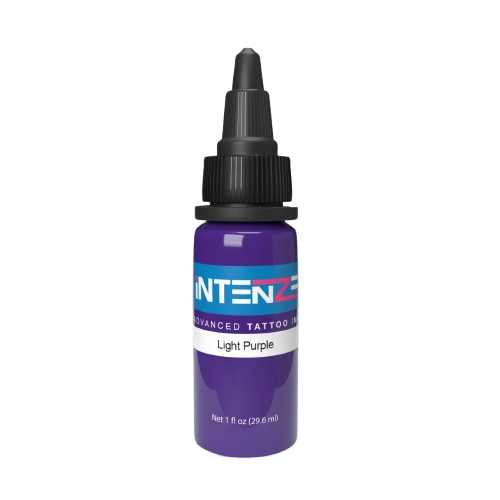
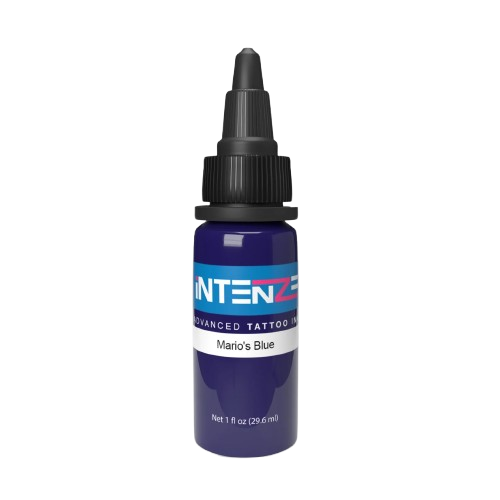
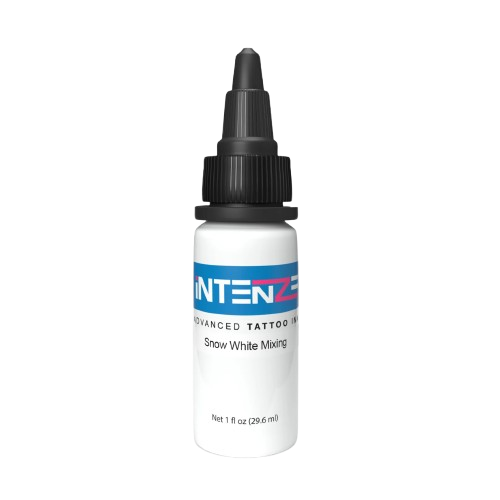
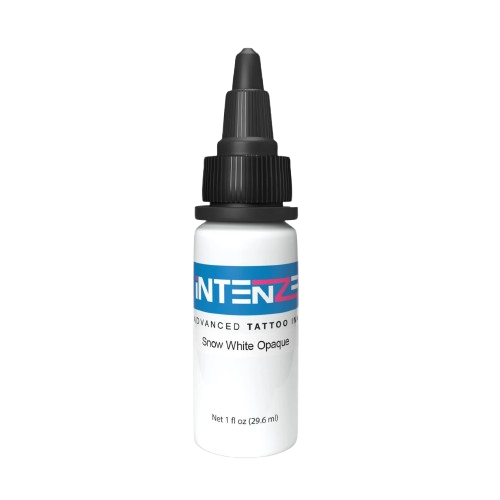
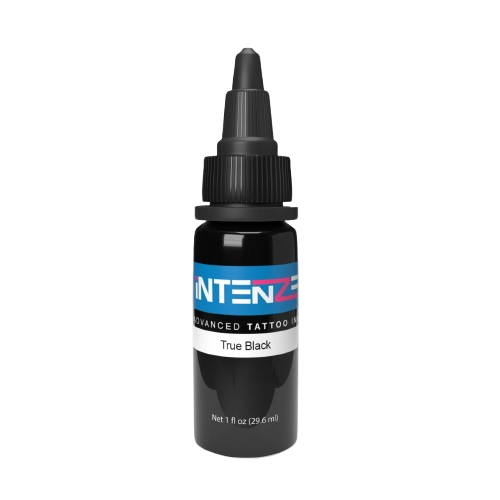
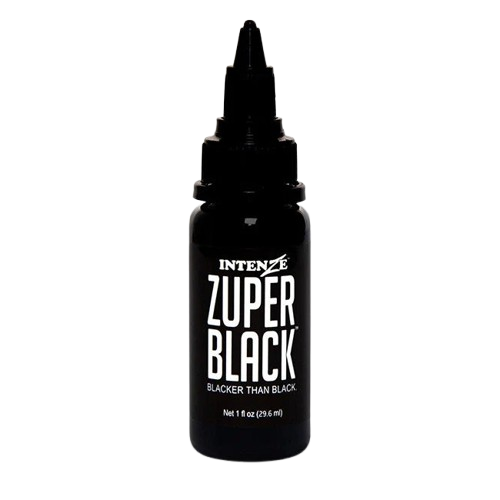
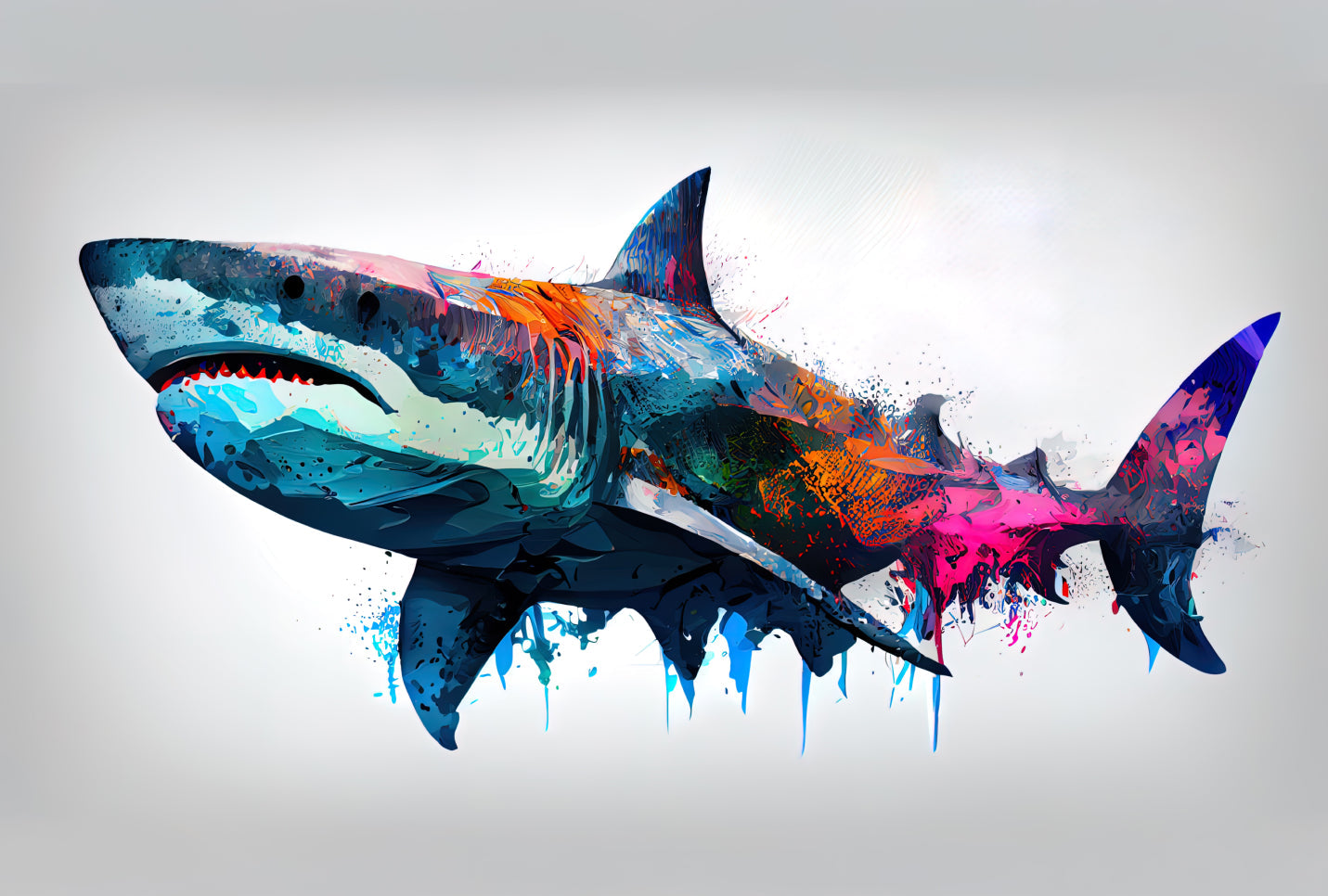

Join the discussion